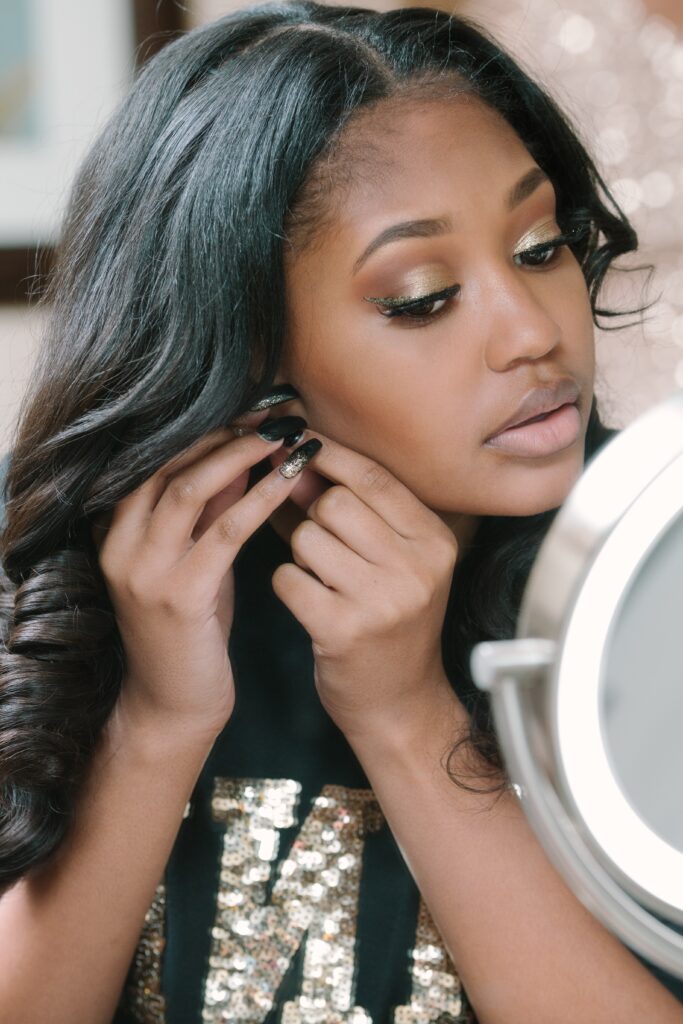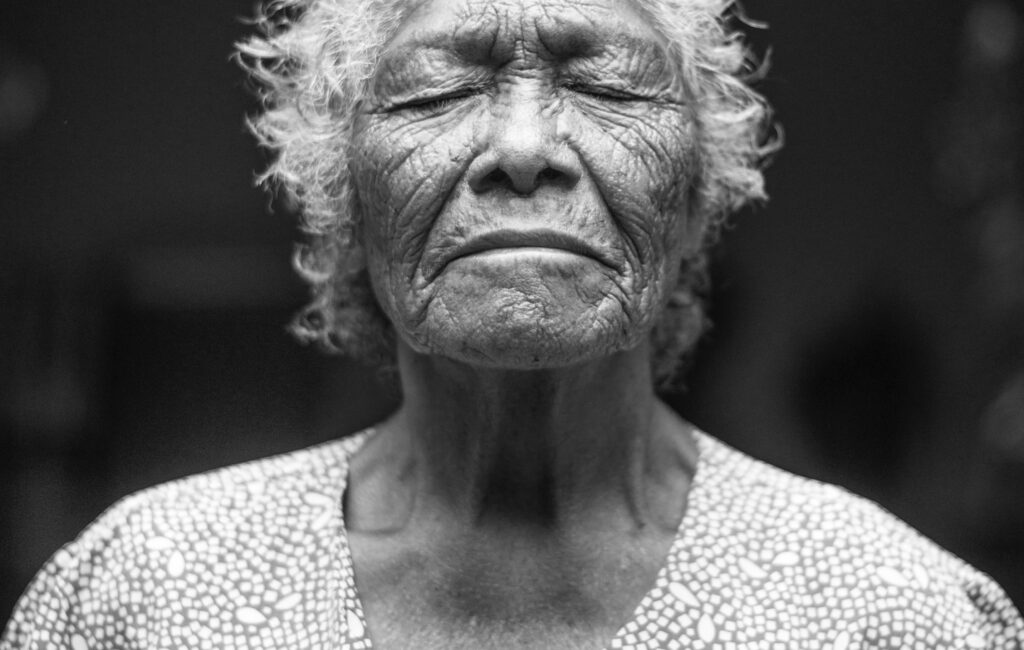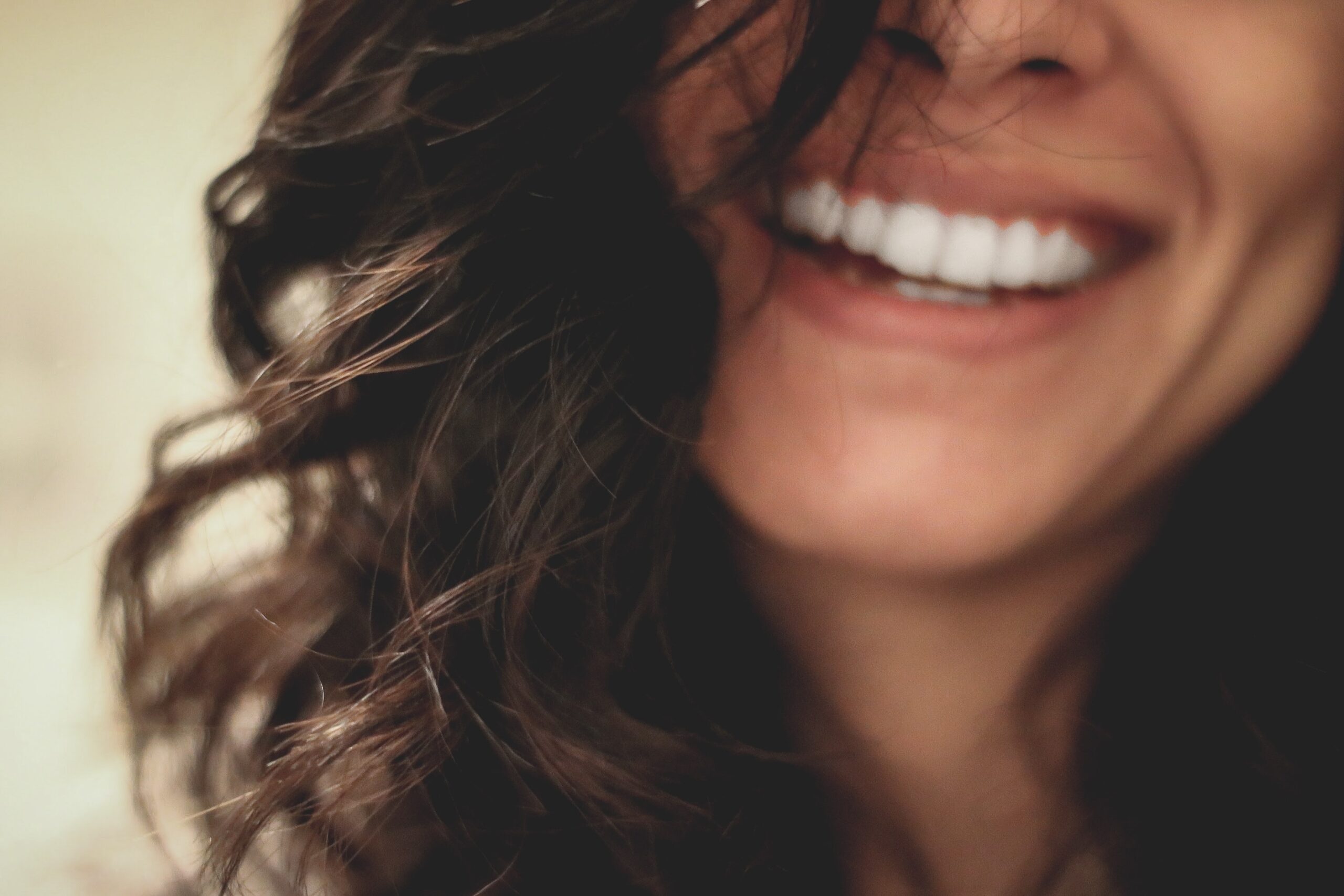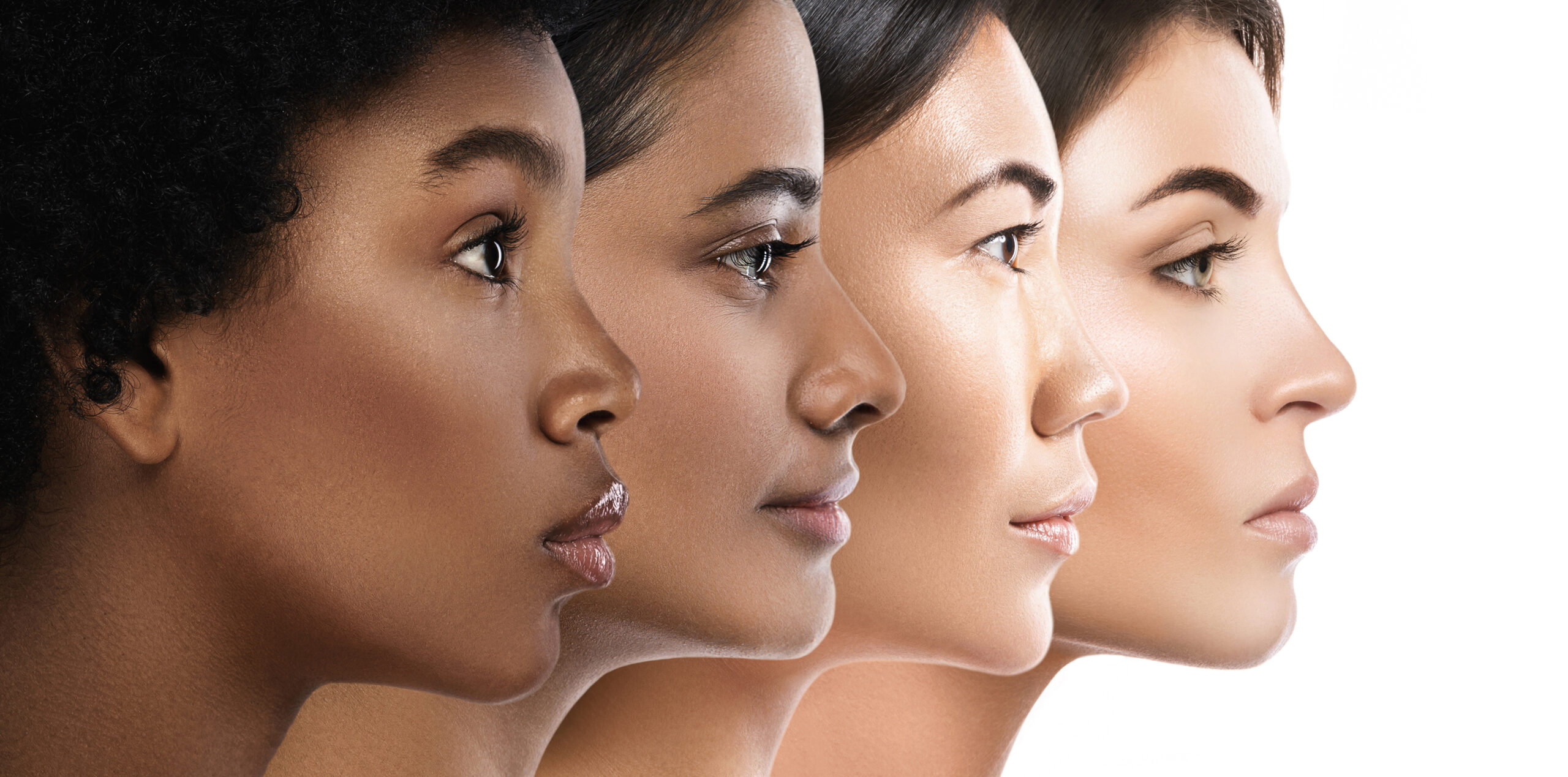
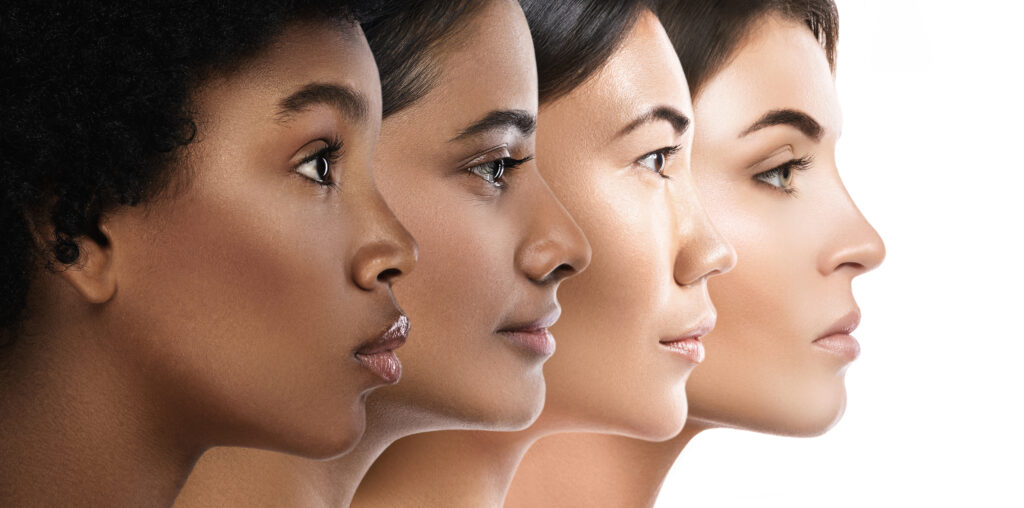
I have been an esthetician since 2008 and I have seen bso many trends come and go, but one of the things that remains consistent is the messaging for women to conform to a certain beauty standard – to be young and have an unwrinkled, fair-skinned facial complexion with a hairless skinny body, big breasts and a golden tan. This message has been consciously and sub-consciously the driving force for many women to spend thousands and thousands of dollars and hours upon hours of their time on coloring their hair, getting manicures and pedicures, facials, Botox, fillers, facelifts, “miracle” creams and makeup, waxing, and more. In fact, a study by OnePoll for Groupon showed us that the amount of money we spend on our appearance could pay for four years of college tuition. According to the study, the average woman spends about $313 per month on her appearance. This adds up to $3756 per year, or $225,360 over the course of a lifetime. [1]
We’ve also reached a time in our lives where it is important, now more than ever, to question the messages we’ve been filtered that perpetuate ageism, racism, and ableism. What would life be like if we didn’t feel the pressure to live up to a standard that is exclusive and unattainable? How much energy would you gain if you didn’t spend it on worrying how to get thinner, paler, darker, smoother, younger, bigger boobs, less hair or more hair and everything in between? What kind of world would be living in if beauty was defined by a different standard – to include all expressions of it, be it that you are born to be tall, short, small, large, light, dark, etc? I can only imagine what contributions females could make without the pressure of constant criticism, rejection and judgment about how we look – I mean, we already give so much and imagine what it would be like to share who we are with the world authentically, vulnerably and unapologetically while doing so.
It is important for us to do our part to create a diverse and inclusive standard in the beauty industry – as consumers, service providers, educators, social media influencers, magazine editors, product developers and beauty corporations. We must take a stand for creating a healthier, inclusive, diverse, realistic and accepting standard of beauty.
We can do better and in this blog post, I’ll talk about how.
Let’s start with the beauty industry in general.
1.) I invite you to think about the messages that you have received about what beauty looks like. Think about the unspoken definitions that have been shared that you’ve never questioned – what a certain model looks like on the cover of a magazine, who typically wins the local beauty pageant, what skincare products or makeup tones are most featured, highlighted, offered and sold. Think about how the beauty industry views aging, I mean, even your dentist can perform cosmetic procedures to work on certain lines and wrinkles on your face. And if you were to, heaven forbid, get any older <gasp>, would society deem you as relevant, significant and valuable without obsessing about how old you’re getting? Let’s face, it Carrie Bradshaw, Cynthia Nixon and Kristin Davis can’t seem to stop talking about aging on their newly released show ‘And Just Like That.’
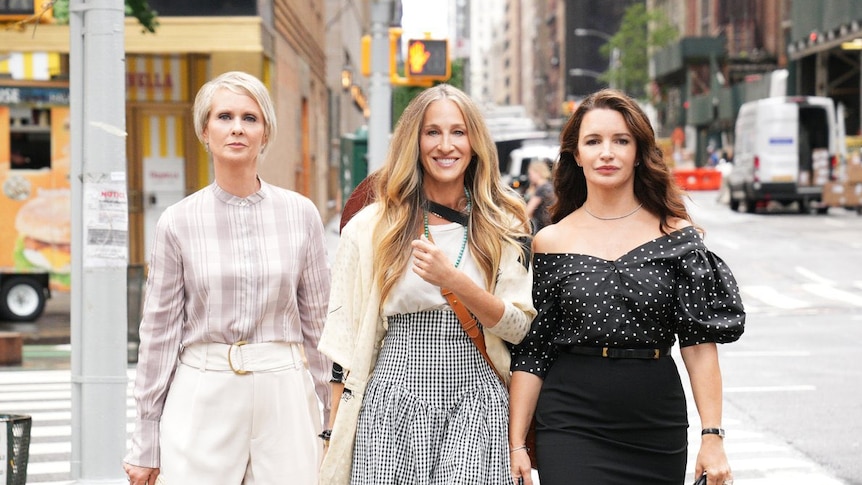
2.) My invitation to you is to come up with your own definition and expression of beauty that isn’t dictated by the beauty industry. Start noticing what makes someone beautiful, in your eyes. For me, beauty is not about how someone looks, it’s about who they are and how they treat others. I love wrinkles, because they tell stories of a person’s life. I love all races and skin tones, because I believe that color makes us unique and ties us to rich cultural heritage and history.
3.) I also invite you to reframe the word “anti-aging” to healthy aging. Aging is inevitable. We can’t fight it. But we can gracefully accept it and choose to age healthfully by making empowered and proactive choices.
Let’s talk about magazines and media too.
I no longer pick up magazines because I got tired of seeing the same type of model talk about her brand new diet, which left me feeling defeated, unworthy and low. Recently so beauty companies have made efforts to market to BIPOC and include diverse models in their campaigns, which I’m glad to see. I still think that magazines can do a better job of spreading messages to honor self-care, self-worth, radical self-acceptance and unconditional self-love.
1.) I invite you to really pay attention to how you feel when you skim through a magazine or browse through Instagram and see a beauty advertisement with a model who does not look like you. If it makes you feel less than, unworthy, not good enough, too fat, too old, too wrinkly, too freckled, too etc, then maybe it’s time to stop investing in these triggers and shift your attention towards something that makes you feel good.
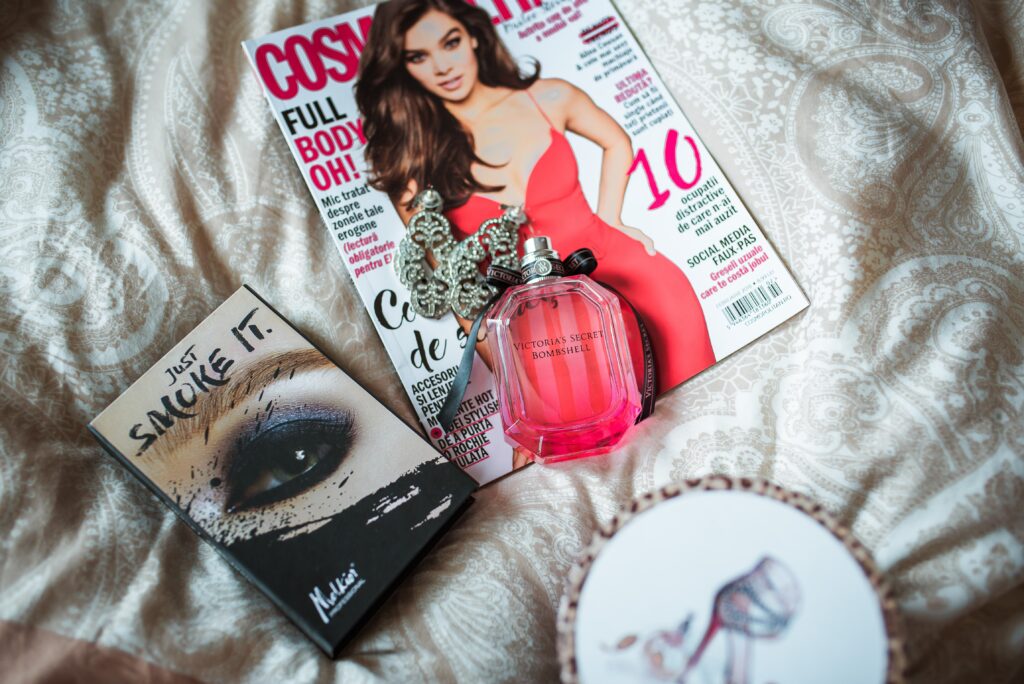
And what about beauty companies?
I think it’s time beauty companies start advertising with models that represent different skin tones. It’s also time these companies start talking to BIPOC and learning more about their skin woes to research and develop solutions. It’s time we see a range of colors offered in makeup palettes for all races and skincare products with specific ingredients that support skin of color.
Not to mention service providers.
1.) Is your space welcoming and open to diversity? Imagine you are walking into a space where you are considered the minority – you’d feel like an outsider. How can you invite your clients to feel included? One example that was shared with me about inclusivity gave me great perspective about this. If you were inviting friends over for dinner and one of your friends was vegetarian but all you served was meat, your vegetarian friend would still feel left out. It’s not enough to extend an invitation, you must make an effort to find a way for your clients to feel included. That could look like carrying products that service a range of clients, posting images on social media and on your website of diverse clientele, collaborating with other local service providers for giveaways, etc that are minority-owned businesses.
2.) Educating yourself on how to treat skin of color is the first step you can take. With black skin, it’s important to be versed in how to work with keloids and pigment. I often focus on oxygenating and hydrating the skin, which I will discuss more in a separate blog post. With Indian skin, it’s important to be versed in the correction and prevention of hyperpigmentation. With Asian skin, darks spots and brightening are key. With Hispanic skin, I often focus on reducing inflammation and redness. Of course, each client comes in with specific woes as well.
3.) Working with companies that provide products that can service a range of clientele. Talk to your vendors about closing the gap on this deficiency – there is power in feedback and the right company will listen.
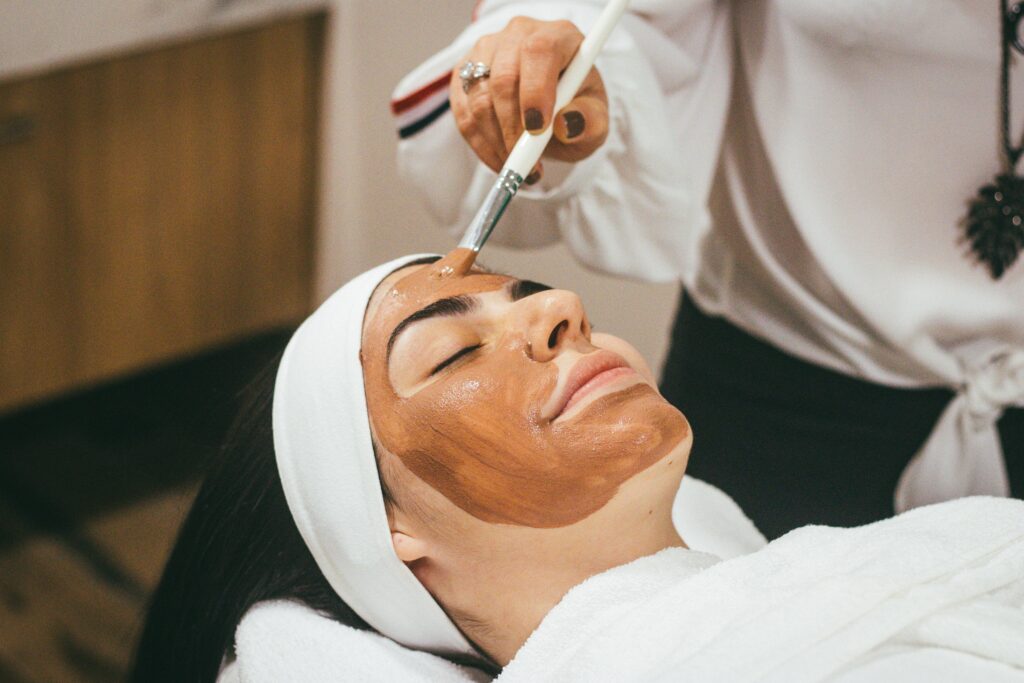
Finally, realize that you have power as a consumer.
1.) There is power in your purchase. You can support local, minority owned businesses or purchase from companies that are doing their part to create diverse and inclusive standards.
2.) You can also call in service providers, beauty companies, magazine, and media influencers to be more conscious of diversity and inclusivity. For example, if you’re at a nail salon and everyone is speaking in a different language in front of you, it’s ok to speak up and say “I’d like to be a part of the conversation too.”
3.) Never stop learning. There is so much we can do and every little bit counts. I myself am learning more and more everyday about how I can contribute to creating a diverse and inclusive experience for my clients and am so grateful I have a variety of clientele that trusts me – it inspires me to never stop evolving and I hope you continue this journey with me! Thank you for reading this post and if you like it, please comment below or share. Stay tuned for more!
